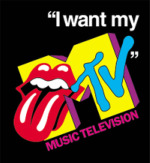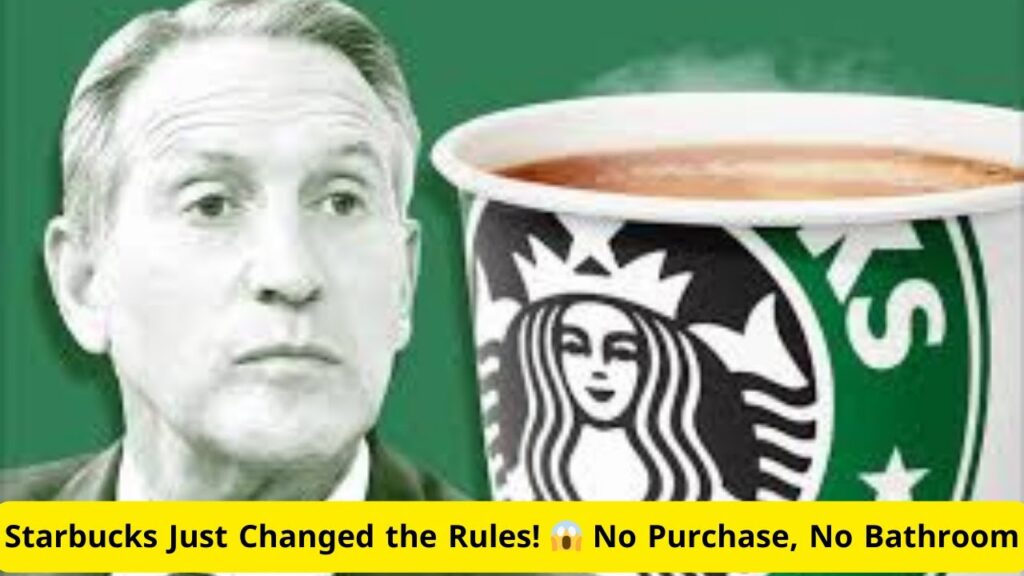 Was the rise of Chiat/Day and their imitators, self-proclaimed “creative” agencies, the death knell for effective advertising?
Was the rise of Chiat/Day and their imitators, self-proclaimed “creative” agencies, the death knell for effective advertising?
A new, post-modern school of advertising had emerged in the 1980’s, one that paid fleeting homage to the spirit of Bill Bernbach but eschewed Rosser Reeves, David Ogilvy and other advertising legends of the previous generation.
Advertising was no longer art in the service of commerce, it was just art.
Agencies still went through the motions. Insights were gathered, brand positions were developed and creative briefs issued. Then the creative people seemed to do whatever they wanted with little direction. “Leave the magic to us,” Jay Chiat used to say. “We’re the experts, you’re not. Let us do our job.”
Traditional P&G type advertising, replete with slice-of-life scenarios, animated product demonstrations and voice-over announcers were out. Mnemonic devices, jingles or any device that hammered home a specific product benefit (“No more ring around the collar!”) were looked down on with the utmost contempt.
Mix in those droll Saturday Night Live spoofs (“It’s not just a floor wax, it’s a great tasting dessert topping!”) and anything on a writer’s reel that even hinted of old school advertising was thought to be as embarrassing as Lee Clow ignoring you at the Clio Awards.
Selling stuff was no longer the measure of success. Advertising had to be self-aware, tongue-in-cheek, ironic and award worthy. Only cutting edge, contemporary music – that indie stuff that was just about to catch on. Cool ruled.
Chiat/Day could get away with it a good deal of the time. Their work was smart, fresh, unexpected and dramatic. The fact that their flagship client, Apple Computer, was a revolutionary company run by a visionary didn’t hurt either. Clients generally get the work they deserve for better or for worse. Steve Jobs demanded and received great work. He also knew exactly what he wanted.
This was also a case of “hip,” sophisticated, upscale, educated, clever people creating advertising for a like-minded audience.
Every so often I get an email from a friend or a client asking me if I knew that Apple never does focus groups. Steve Jobs feels that you can’t ask people what they want, you have to show it to them. Therefore, what good is it talking to consumers?
If your CEO is Steve Jobs or one of those other rare visionaries who does indeed know what people want before they know it themselves, I might tend to agree. And if you have the incredible creative talent that Chiat/Day had at the time, you’re going to pull off a “1984” every so often.
What about everyone else? My advice: “Don’t try this at home.”
Here’s what the 80’s wrought. “Creatives” in ad agencies started to believe they were independent filmmakers rather than product messengers and brand persuaders in the employ of corporate concerns. Form triumphed over content, attitude over messaging. Advertising, more and more, was created in the image of its creators – young, “hip,” east and west coast types with plenty of attitude. Everything had to look like an MTV rock video.
The rationale was that consumers had become too sophisticated for old school jingles, mnemonics and straightforward product demos. If we could deepen relationships between consumers and brands with a wink rather than beating them over the head with boring, repetitive messaging, wouldn’t they like us more? And wouldn’t they buy more or our product?
It rarely worked out that way. Mostly, everything got messy. It became increasingly difficult to tell brands apart with everyone fighting the “cool” wars. We could remember “great” commercials, but what product were they selling?
I personally recall several instances of agency and corporate marketing people providing creative direction based on “cool.” What’s that mean?
Regardless, there was Eric Clapton appearing in Michelob beer commercials, the infamous Infiniti “Rocks and Trees” campaign, Van Halen for Crystal Pepsi and other really cool spots. Just a few examples of expensive and embarrassing failures.
Certainly, style can evolve into message, standing for something in its own right, and spokespeople can be used very effectively. And I’m the first to say that we should always strive to be as creative, revolutionary, attention getting – even as “cool” as we can be.
Still, if we cannot answer this single, simple, critical question for consumers, we are bound to fail: “Why should I buy your product?”
The fundamentals preached by David Ogilvy and other positioning gurus are as sound now as they’ve ever been. What is that unique, proprietary, relevant and motivating reason to buy? Consumers shouldn’t have to guess, but that’s just what we make them do a lot of the time.
Doyle Dane Bernbach, perhaps the original “breakthrough creative” agency, understood this back in the 1960’s. Think of any of their legendary work for Volkswagen (“What the man who drives the snowplow drives to the snowplow), Samsonite Luggage (portraying baggage handlers as chimps abusing luggage), Levy’s Rye Bread (“You Don’t Have To Be Jewish…”), Avis Car Rental (“We Try Harder”) or Life Cereal (Mikey Likes It!”).
Funny, outrageous, unexpected, memorable, and yes, cool. Very cool. But not creative for creativity’s sake. All these campaigns solve marketing problems and clearly position their brands.
Turn on the TV any weekend or night of the week and most of the spots you see are still from the Cool School of Advertising. I wonder if some of these companies had not benefited from industry and brand consolidation and developed the distribution muscle they have, would this advertising really sustain them?
Exacerbating the challenge is that the clutter problem is getting worse and consumers have a lot more factual product knowledge at their fingertips. How can any brand without a $100 million or more to spend on advertising expect to break through?
Stay tuned for Part II.



